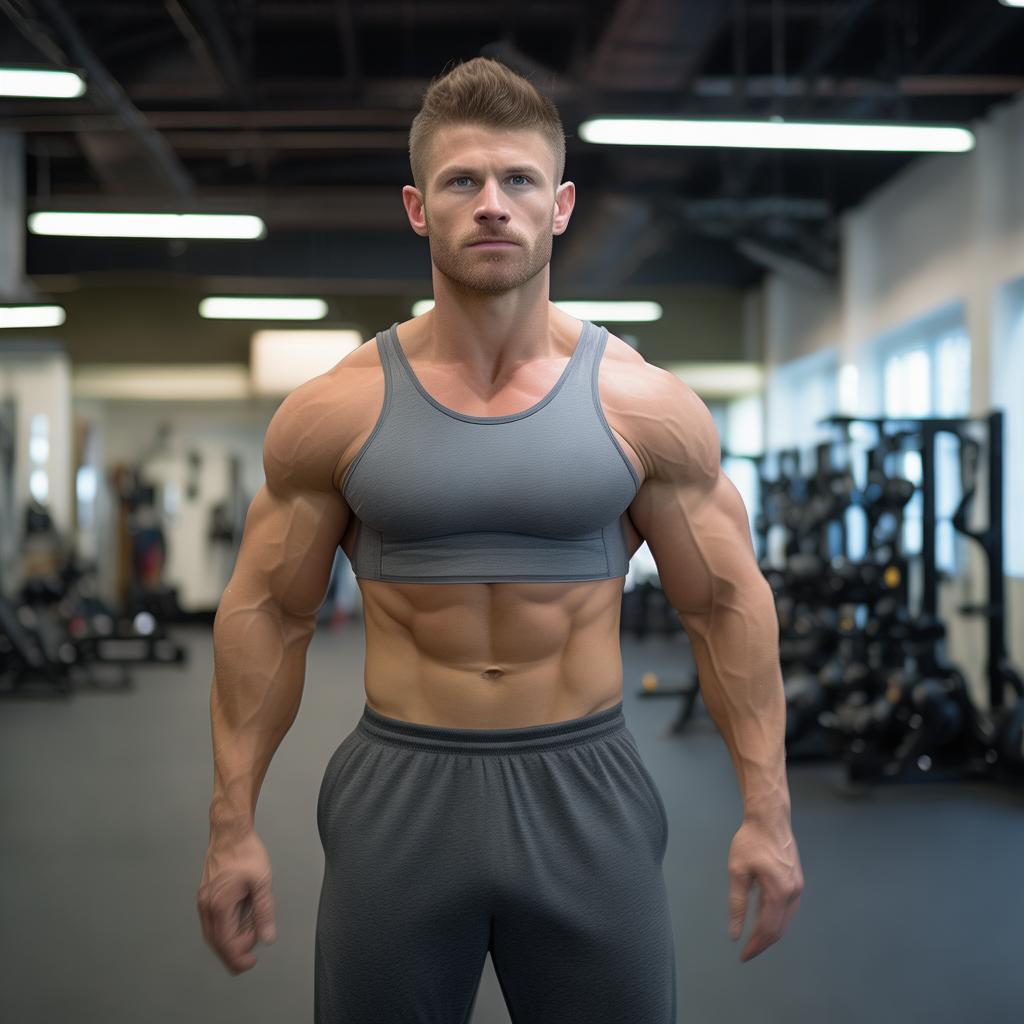Introduction
Chest training movements have long been a common – discussed topic. While we may have covered many chest exercises before, finding the right power – feeling in certain movements can be challenging. The dumbbell raise stands out as one of the few movements that can stimulate both the chest and the back, offering a unique dynamic stimulation process.
The Benefits of Dumbbell Raises
Muscle Hypertrophy: Building muscle is a common goal for many fitness enthusiasts. Dumbbell raises are excellent for the pectoral and latissimus dorsi muscles. By sticking to 8 – 20 repetitions, you can expect to see the benefits of muscle growth.
Increasing Strength: Gradually increasing the weight and performing a specific range of strength – training reps, around 10 reps, can help boost strength. There’s no need to be overly rigid with the rep range; you can adjust according to your progress, such as increasing the deadlift when you feel stronger.
Intention/Muscle Connection: This movement requires concentration to effectively stimulate the muscles. Since you can choose to focus on either the chest or the back, understanding how to mobilize the muscles is crucial for maximizing the benefits.
Torso and Scapular Stability: Mobilizing the core muscles to stabilize the torso is essential, especially for heavier sets. Scapular stability, like in any back or chest movement, helps prevent shoulder hyperextension and ensures proper shoulder joint function, improving training performance and muscle stimulation precision.
Improving Shoulder Range of Motion: Keeping your hands close together when they are behind your head, which requires adequate shoulder stability, can improve shoulder movement during centrifugation. However, if you have limited shoulder flexibility due to structural problems, this should be addressed before attempting dumbbell raises.
Movement Details
Starting Position: Place the dumbbells at one end of the bench for easy access. Lie down with your body perpendicular to the bench, upper back on the bench, feet on the floor, and body parallel to the floor. Hold the dumbbells and lift them over your chest like a bench press. With elbows at a 45 – degree angle to your body, slowly lower the arms behind your head. Lower only to the point where the dumbbell is flush with your head for chest – focused training, or a bit lower for latissimus dorsi training. Then, raise the dumbbells above your head, contracting the pectoral muscles (squeezing hands together and slightly internally rotating shoulders for chest; contracting the latissimus dorsi and not squeezing hands for lats) and repeat.
Movement Tips: If you’re new to this movement, start with a light dumbbell to avoid increased difficulty and danger and to feel the muscle movement and achieve a full range of motion. The effectiveness of the movement depends on muscle – intention connection, so make subtle adjustments to your body position to focus on the target muscles.
Variations of Dumbbell Raises
Fixed Barbell Raise: Using a stationary barbell, the hand position is crucial. A shoulder – width grip is better for the latissimus dorsi, while bringing the hands closer together is recommended for chest – focused training.
Opposite Grip Dumbbell Raise: Lie on a flat bench or a lower incline bench (for more lower – chest focus). This variation reduces gluteus maximus and core involvement, but keeping the core tight is still important.
Stability Ball Dumbbell Raise: This variation requires core and glute involvement as the stability ball recruits more secondary muscles. Avoid hyperextending the spine, and use a lighter or moderate weight for better movement stability.
Rope Raise: A great option for the latissimus dorsi, it also helps improve scapular stability. Keep your arms straight during the movement.
Arranging Dumbbell Raises in Your Training
Remember, while dumbbell raises are great for working the chest and latissimus dorsi, they are not a substitute for bench presses and rows. Use a safe and effective weight for extended arms from behind the head. You can vary the rep – weight combination: more reps with lighter weights to focus on muscle activation and intention – muscle connection, especially for latissimus dorsi stretch; or 8 – 12 reps for muscle hypertrophy and strength development (and even try 5 – 7 reps as you progress, but be cautious with the weight to avoid hyperextension). In general, it’s a valuable movement for those who schedule chest and back counter – training.





